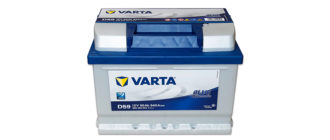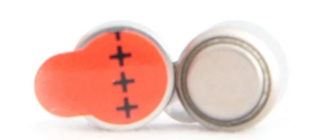Using a car battery with an incomplete charge can adversely affect battery performance. What exactly can happen during operation with undercharging, as well as how to avoid a similar situation, will be described in detail below.
Content
What is battery undercharging?
An undercharging of a car battery is a condition when, as a result of the formation of an oxide film or insufficient charging time, the battery capacity is constantly not fully restored.
Using the battery in this condition can further aggravate negative changes. For this reason, when signs of a malfunction are found, battery maintenance work should not be put off the bat.
If an insufficient charge is detected, you should immediately begin to search for the causes that led to the malfunction. It can be very difficult to determine this state of the battery without special devices and appliances, but some signs will certainly appear, the main thing is not to miss them.
How to detect the presence of undercharging
The presence of undercharging can be detected by reducing the discharge current of the battery during engine starting. The decrease in the crankshaft speed is easily determined by ear, especially in a situation where there is an eternal undercharging and the battery practically does not cope with this task.
With a multimeter, you can easily determine the insufficient charge of the car battery. To perform a diagnostic operation, you must:
- Disconnect the terminals from the battery.
- Switch the instrument to direct current measurement.
- Connect test leads to battery terminals.
If, as a result of such measurements, the voltage turns out to be less than 12.5 volts, then we can talk about undercharging the battery. In the case when the car has not been used for a long time, this is normal, but with daily use of the car, you should understand the reasons for the insufficient restoration of the battery capacity.
What can result in constant undercharging
Constant undercharging of the battery can cause the following negative consequences:
- Sulphation of plates.
- Destruction of lead grids.
- Overheat.
Long-term operation of the battery with a reduced charge always leads to the coating of the inner plates with an oxide film, which further reduces the charge efficiency.
With a lower discharge current, more time is required to start the engine, so the use of the battery in such a dangerous mode very often ends with the closure of one or more cans.
Causes and solutions
The main purpose of a car battery is to start the engine and maintain electrical appliances. At this point, the battery loses a significant amount of previously stored electricity.
In addition, moving at low speeds, the generator will not provide enough power to charge the battery. The battery may also not charge well during car operation for the following reasons:
- Defective relay controller.
- Battery wear. Replace battery.
- The battery is rarely serviced. Check electrolyte level and for availability sulfation.
- Rarely recharged. Fully charge the battery.
- There is self-discharge when idle. Check for availability and correct if necessary.
- Insufficient tension on the alternator belt or too worn brushes.
- The car is used for short trips at subzero temperatures. Perform a constant charge.
Elimination of the listed malfunctions, if any, will allow to restore the correct charge of the car battery, and if this battery malfunction is caused by operational errors, then charging the product using special factory devices will lead to a complete restoration of the lost capacity.







